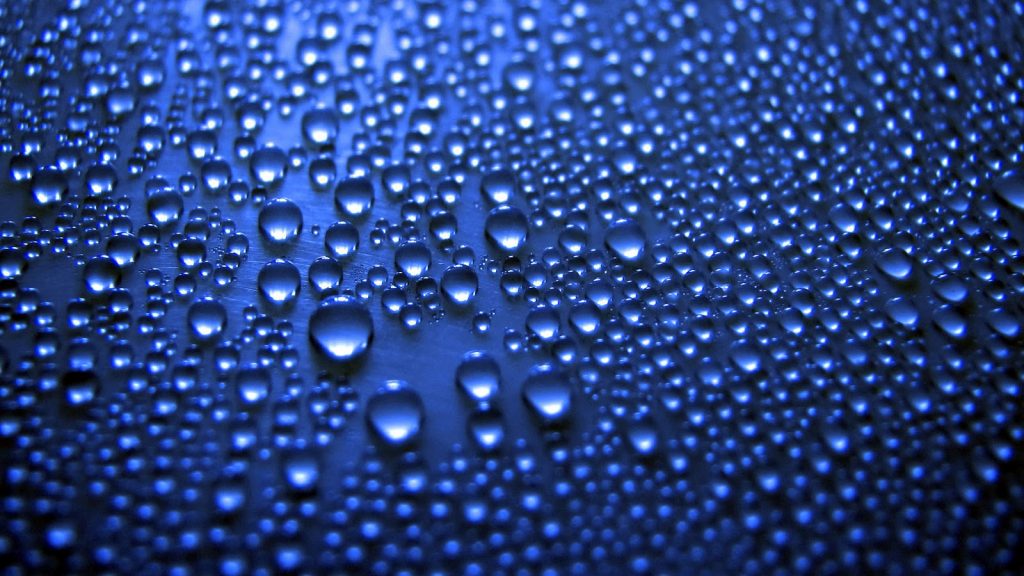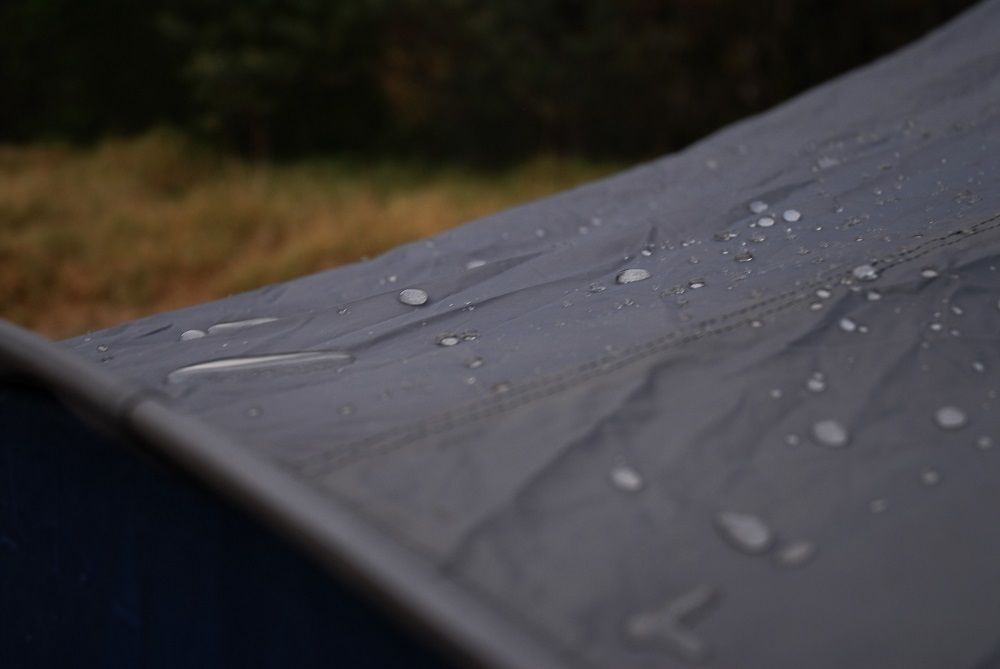
Whether it’s cold nights or sultry days many factors contribute to condensation forming on the inside of your camper trailer tent canvas. So, unless you can defy the laws of physics, condensation will build-up on surfaces where warm and cold air meet; like the floor and walls of your tent from moisture on the ground and on the roof above your bed, where the warm breath you exhale during sleep meets the cool night air. This occurs because your tent canvas is a waterproof layer, which does a great job of keeping the rain out but is a pretty poor one at letting heat and moisture escape. Now on super chilly nights in the bush, this is probably just what you want, as everyone stays warm but eventually, all that warm water vapour cools and accumulates on you, your gear and the interior of the tent. Weather conditions like cold temperatures, rain, and high humidity can certainly make it more difficult – back to Year 8 physics class – and we all must breathe now and then, but there are a few things you can do to minimize the amount of condensation you create inside your sleeping areas.

The simplest way to reduce humidity is to improve the airflow through your tent so that moisture can escape. Windows, doors and vents can be opened a little to harness any available breeze and external window flaps should be secured with guy ropes so that warm air can get out without the risk of letting rain in. Move aside anything that is blocking the windows and keep it off the walls of the tent so that condensation doesn’t run down the sides to wet your gear or bedding.
Second to ventilation is the addition of an extra layer of protection, like a tropical storm cover, that will not only keep the inhabitants warmer in the cold but cooler in the heat. It essentially increases the height of your camper trailer so warm air rises to the new level and condensation forms on the inside of the cover and not above your head, which is especially important when it’s very cold and you don’t want to open the windows and doors. A storm cover forms a pocket that traps the hot, humid air but allows the breeze – when it’s available – to pass over the top of the tent and dry water vapour that has accumulated.
The spot you pick and the way you orientate your camper trailer can assist or hinder any attempt to reduce how wet you are by morning. Finding a balance between a sheltered site and one that still provides some breeze is a good idea for ventilation and setting up your camper to align with prevailing winds will ensure air flow throughout the tent. Look for dry ground to pitch on as opposed to luscious grass as this will increase the moisture around the base of your camper overnight. Consider an elevated position over a valley (where practical) as cold, dense air will fall into low lying areas and avoid setting up too close to water sources as this also contributes to humidity from evaporation.

If it’s raining or very humid chances are you’ll have to put up with some condensation, but don’t compound the problem by adding more water vapour to your already saturated tent. Store wet gear outside the sleeping areas, preferably under the annex, to prevent it from evaporating while you sleep, and make sure all windows, doors and vents are as wide open as possible on hot days to avoid a build-up of heat on the inside; regular airing will help stop any residual condensation forming mold. Keeping the tent on the annex side closed, and the back sides of the trailer open while you cook and eat will also reduce the amount of water vapour you contribute.
Sometimes there’s just no avoiding condensation inside your camper trailer tent no matter what you try and do to mitigate it. Packing a few extra towels or microfibre chamois that are very absorbent and dry quickly will mean you always have something on hand to mop it up. Knowing and understanding the causes for condensation is the key to controlling it, but if you need extra help then a moisture absorber like Hippo or DampRid may just do the trick.
So, if you don’t want to be singing – Raindrops keep falling on my bed – use all and any means necessary to reduce the amount of water vapour that forms and stays trapped inside your camper trailer tent.
At Mars Campers we work hard to develop the best value for money camper trailers with a view of helping you create memorable experiences with your loved ones.
Did you find this information useful? If you found even one tiny nugget in this material to be useful, please do forward it to three of your friends. I am sure they will thank you for it. You can send it to them via email, Twitter, Facebook or post it on your own website.